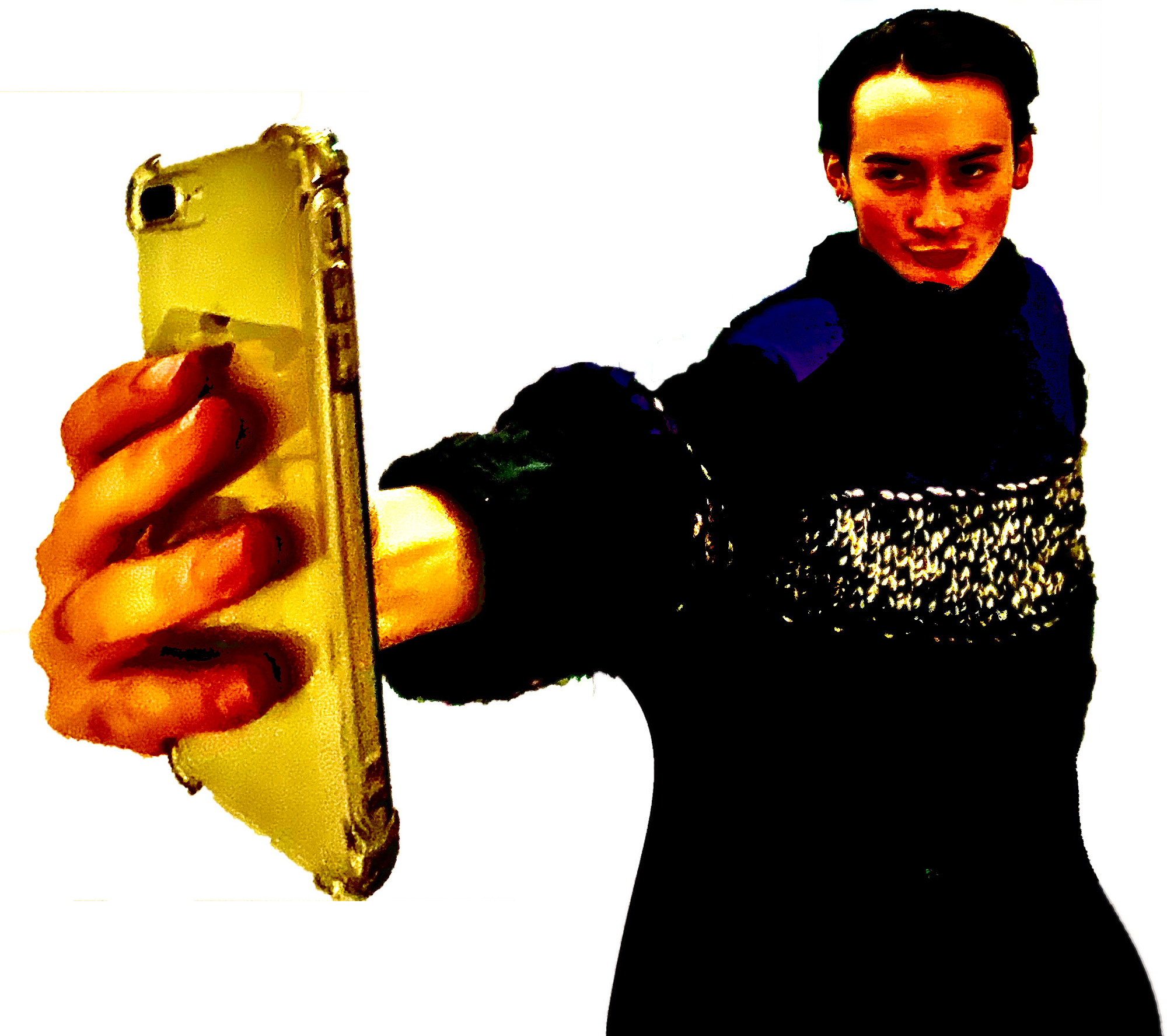The Deep-Fried Post: An Exploration of Social Media Authenticity
Chris Chu

“You should’ve never called me a fat ass Kelly Price.”
-Catfish, S3E2
Social media has ruined authenticity. I can guarantee that nobody is authentic online, just like nobody is 100% truthful in real life. That’s not to say we’re all catfishing each other, but when we have control over a profile, how truthful are we? Millions of people use fake online profiles to mask daily activity, but there are also catfishes, corporations posing as people, and paid (and unpaid) influencers using discreet advertising methods. It’s hard to be online without encountering some kind of deception, or rather “untruthful” behavior. However, as I grew older and more pessimistic over the 2010s, one way I’ve fought for authenticity on my social media is through the deep-fry.
The Deep-Fry
Originating in memes on Instagram, Twitter, Reddit, and beyond, the deep-fry is a photo editing process that manipulates pixels to their limits. By toying with contrast, warmth, exposure, tone, sharpness, grain and filters, you can practically destroy photos. It’s an effect that simulates reposting with filters, again and again until the photo has been distorted by it’s history of edits. By utilizing social media’s obsession with sharing, deep-fries can come off as a less direct, more ironic interpretation of performative social media. This creates a kind of online nonchalance- just because the picture is bad, doesnt mean you don’t share it. A deep-fry can also use text, emojis, and video manipulation at the risk of coming off too meme-ish. These fried images have been spreading around the internet unintentionally for multiple decades, particularly on Instagram and other imaged-based sharing sites, but with the surge of deep fried memes in particular, it has roared back amongst users trying to use the language of a shared image to score an easy yet eerily uncomfortable point in the joke department.
Cursed Photos
One of the origins of the deep-fry is the cursed image. Cursed images can be traced back to the early 2010s on Tumblr, specifically through photos of various high-contrast fruits menacingly hovering in a playground at night. Cursed photos usually originate from before the 2010s, and are usually found on old rolls of film, SD cards, or in the camera rolls of handheld cameras. Elements include the 2000s photo quality, a date in the bottom corners, high-contrast flash and odd subjects. What makes them cursed? The images are usually deliberately staged or discovered, and when placed outside of context online, the photos can utilize the same type of viral distribution to remove any sense of place, time, origin, or sanity.
But what does this mean? Why am I talking about funny ways to take or edit photos? These kinds of photos are antithetical to the curated personas of social media. By using less editorial means to show who we are, we can focus less on how others perceive us, and spend more time online doing “more meaningful” things. However, I will point out that when you deep-fry, you’re still creating a persona that’s unique to the digital world: one that doesn’t care what you post. In a way, it’s a kind of sisyphean duality. If you use deep-fries, you’re deliberately resisting social media photographic standards, which itself is a unique online personality. In Artist Hito Steyerl’s iconic essay In Defense of the Poor Image, she says the “poor” image exudes reality with compression as a symbol of distribution, but the fried image is not quite reality. It is rather an inversed reality, where the mundane becomes crisped and seared until it is unremarkably interesting where taste is subverted.
Connections
Aira Dolfo
Another facet of social media posting etiquette is the food photograph. This article explores plates of food and social media marketing and the strangest influencer on the block: food. Can you taste the likes?
Tata Rekso
If we’re so integrated to the social media-space now, imagine how attached the next generation will become. In this article, ponder on the consequences of giving a child a phone, technological dependency, and that nasty blue light.
Maya Eapen
Our lives are becoming centered around the digital world, from the way we perform personality traits, to waking us up in the mornings. App Invasion discusses the ways we rely on different digital interfaces for daily activity.



